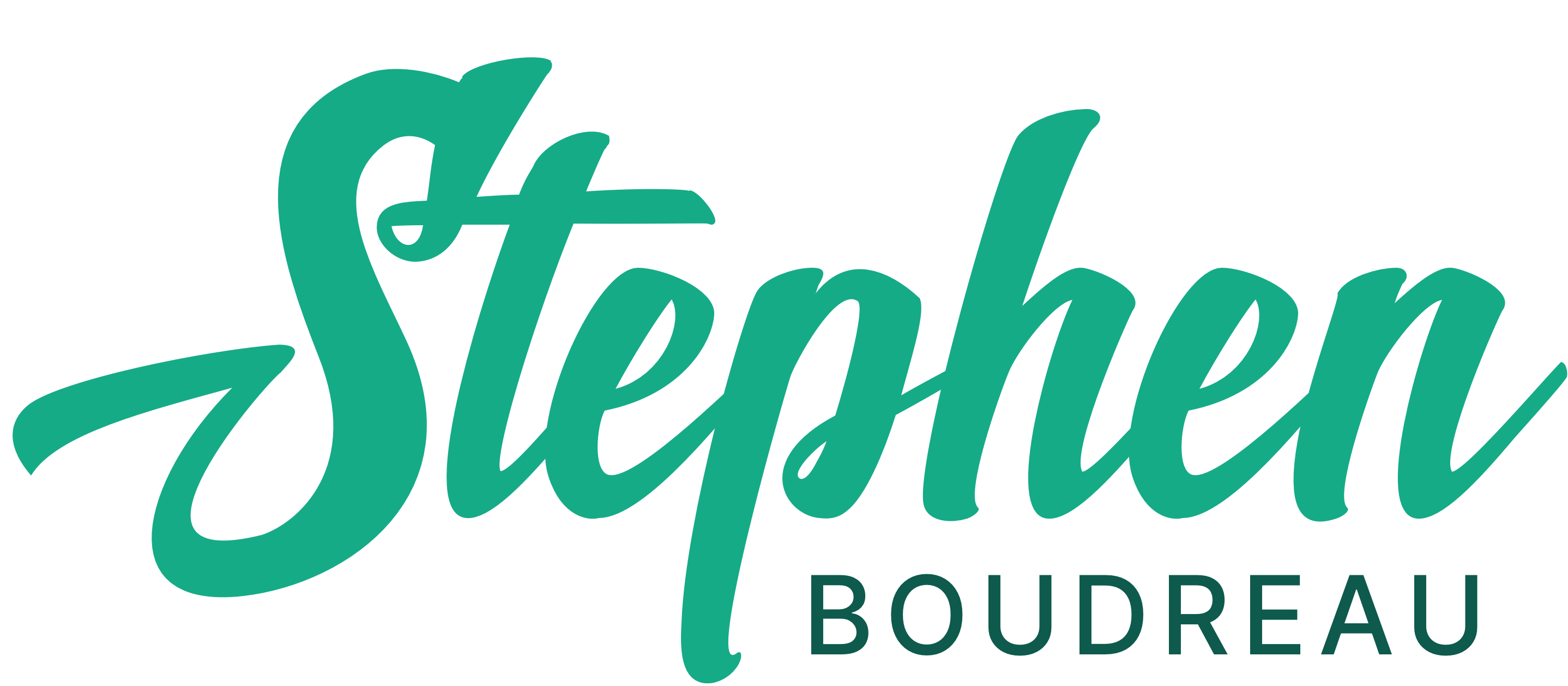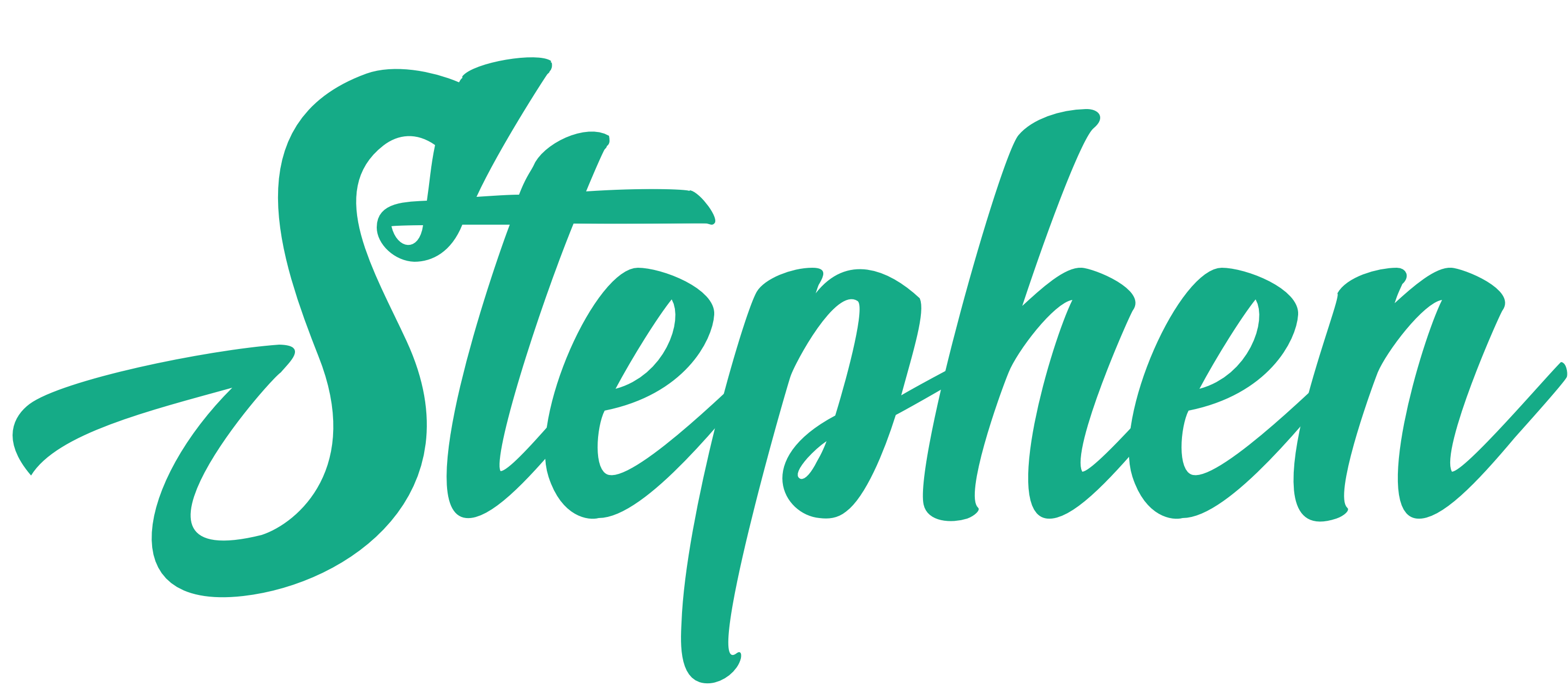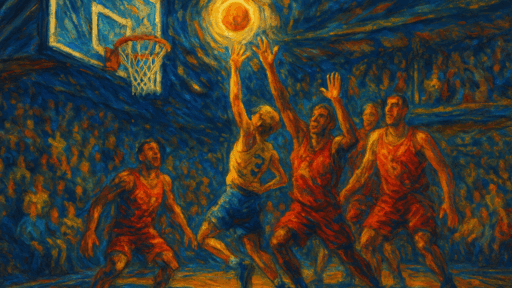“What is essential is invisible to the eye.”
Antoine de Saint-Exupéry
One of my favorite Saturday morning traditions with my son is watching a little soccer together.
Now, I don’t want to oversell this “tradition.” He’s two. His attention span lasts roughly as long as a Goldfish cracker. But he knows what he wants—and on Saturday mornings, he wants soccer. And what kind of soccer-obsessed dad would I be if I didn’t oblige?
This past weekend, though, instead of our usual match, we found an infomercial. He immediately lost interest and sprinted off to save imaginary worlds. Meanwhile, I got stuck—hypnotized by the glow of the screen. Fifteen minutes later, I had seen the entire thing.
Let me just say: I didn’t buy anything. Not the product, not the hype. But I can’t say I wasn’t affected.
The ad was for some kind of fitness program. You know the type—slow pans across ripped abs and testimonials that get increasingly miraculous. It was inspiring in that specific, carefully focus-grouped way. And like all good infomercials, it ended with the line:
“It worked for me. It can work for you.”
And honestly? He wasn’t wrong. It probably could work for me. But the thought that followed was the kicker:
“There are just so many other things I care about more.”
So I turned off the TV. And then I had the kind of thought spiral that ruins your perfectly good Saturday.
The highlight reel
Okay, fine. Maybe I don’t make that commitment. But what are the things I do? What’s getting my full attention, my actual perseverance? What am I nurturing, shaping, building—consistently, not just when the mood strikes?
Big questions for a guy who just wanted to watch ninety minutes of soccer with his toddler.
I like to think of myself as a person of many passions. A carpe diem, sans regret type of guy. Nice sentiment—if it’s true. But that morning, I realized I might’ve been buying into my own highlight reel. I’d built a personal infomercial—full of good intentions, light on delivery.
My so-called passions were starting to look less like purpose and more like a shelf full of half-read books.
It was a humbling realization. But a good one.
Because in the end, what we do matters more than what we say. What we claim to care about is only proven in motion.
Becoming what isn’t yet
And that’s when it clicked for me: the real work isn’t about maintaining what is. It’s about becoming what isn’t yet.
The invisible isn’t the grind itself—it’s the person you’re quietly growing into while you do it. The future version of you that only shows up when you keep showing up.
When my wife decided to run a marathon, she had never gone more than a mile or two. Not once. But she committed to chasing a version of herself that didn’t exist yet—a woman who could run 26.2 miles.
So she did the only thing she could do: she started pretending to be a marathon runner.
She woke up early to train. Ate like a runner. Recovered like a runner. Talked about running like a runner. And one day, she crossed a very real finish line. The version of herself that began as invisible had become visible.
That’s how transformation works.
The not-yet-you
If I want to be a kinder person, I need to start acting like one—before it feels natural.
If I want to be a better husband, father, or friend, I have to show up like one even on the days I don’t feel particularly qualified.
And if I want to learn to play the piano, or speak French, or memorize enough Harry Potter trivia to impress exactly no one at a dinner party…
well, same rule applies.
You start living toward the not-yet-you—the version of yourself that doesn’t exist yet, but could.
At first it feels like pretending. Then one day, it doesn’t.
Already in motion
Because life sans regret doesn’t happen at the finish line. It happens in the middle of the journey—where the person you are and the person you’re becoming finally start to meet.
But the journey doesn’t begin today. It’s always been happening. The only difference now is that I finally see it.






